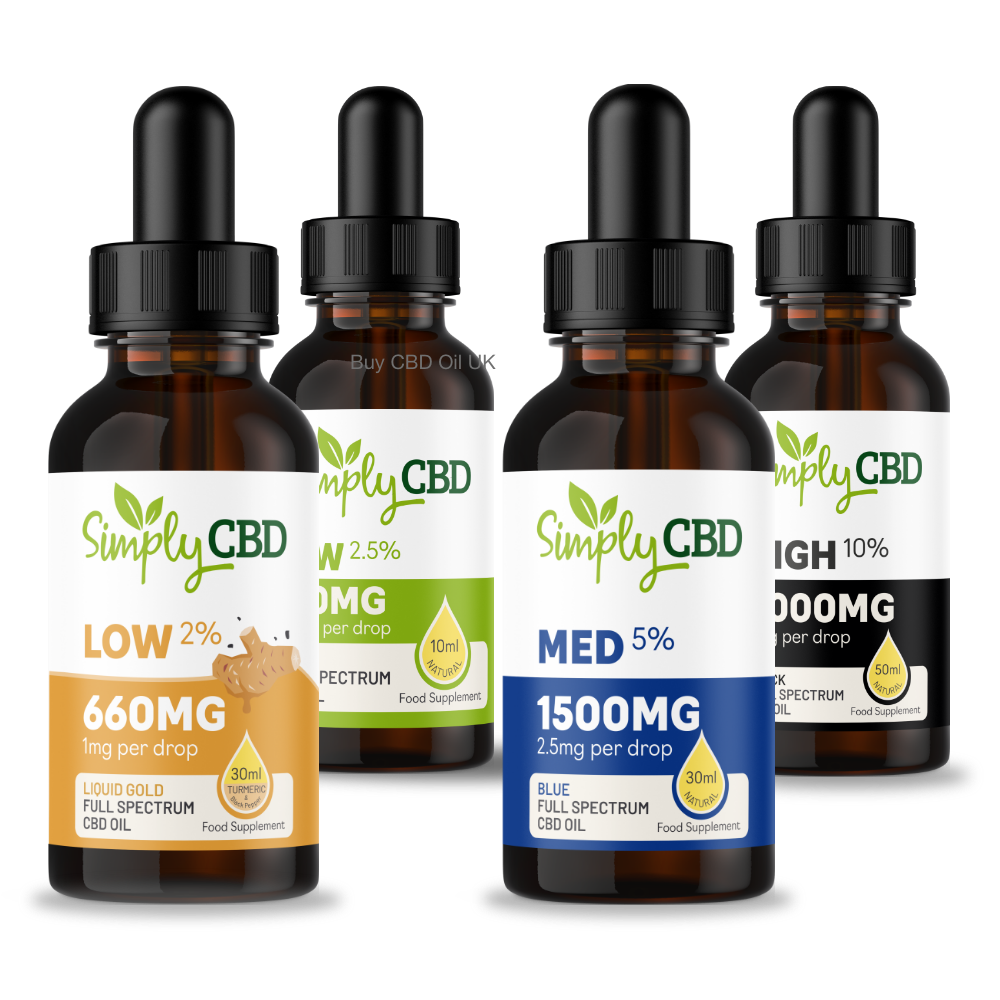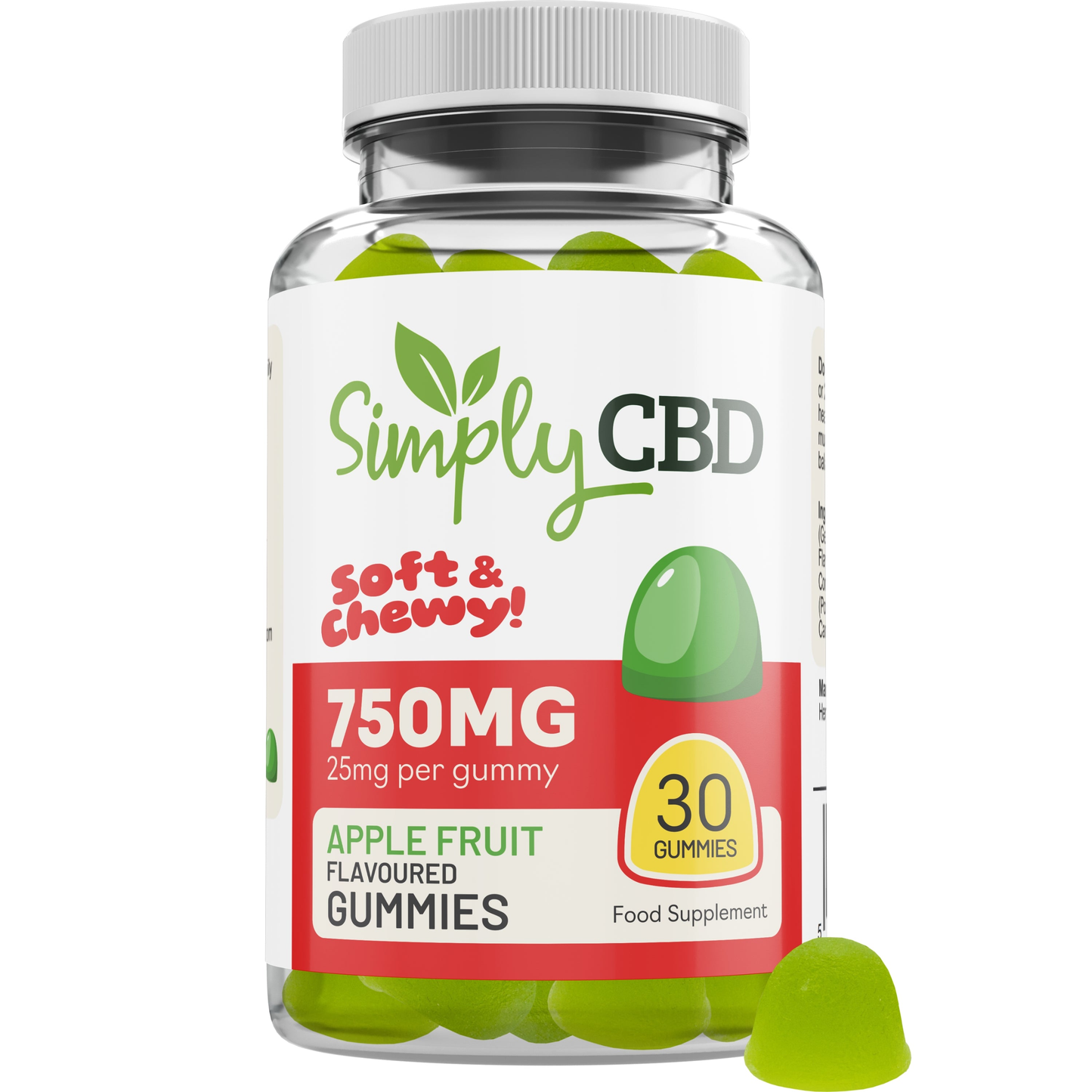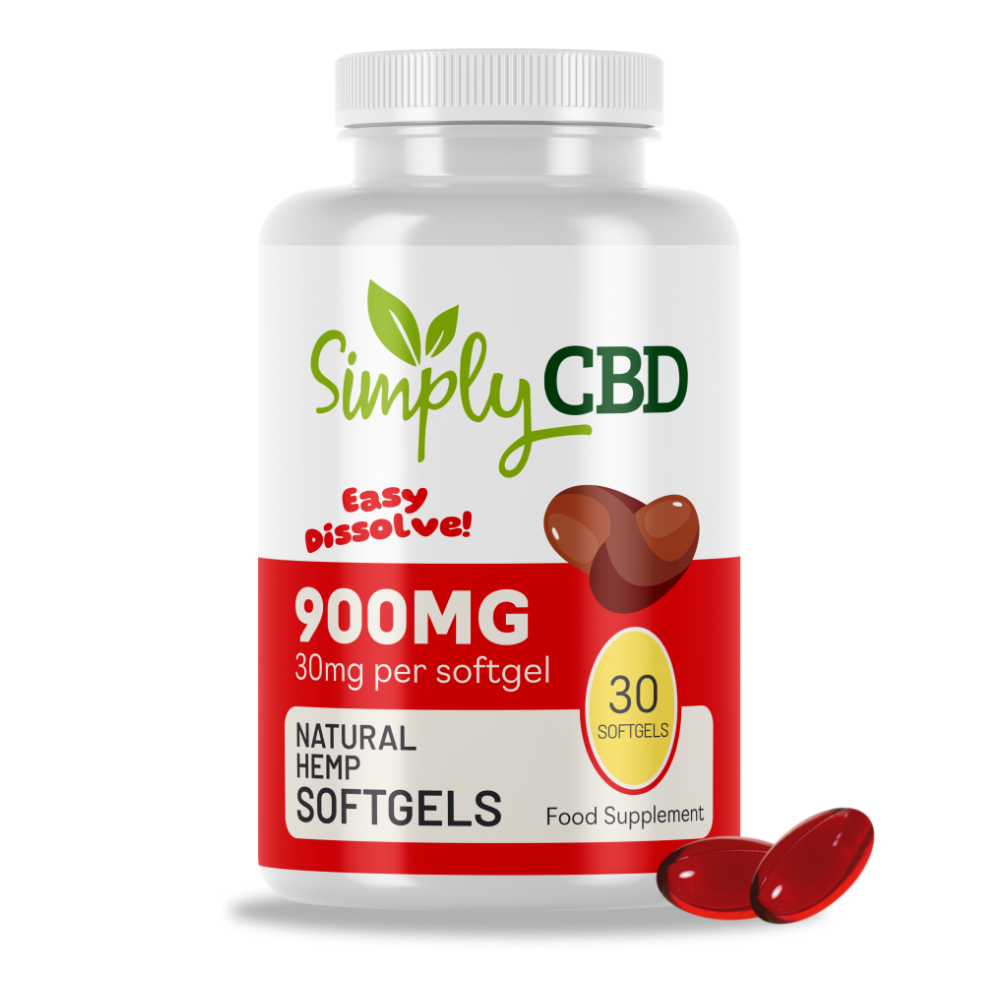
Widespread confusion regarding the terminology around CBD can cause issues like unsuitable product choices, the spread of misinformation, and the perpetuation of harmful stigma. Therefore, as a CBD user, it’s crucial to understand the key terms surrounding CBD for your own benefit and for clarity within the wider CBD community. This way, you can select the products that suit your needs, share trustworthy and reputable information, and pick up on any misinformation you hear or see spreading. This article covers various terms across numerous categories, any of which you may find on CBD websites, articles, labels, or packaging.
Plants and cannabinoids
First, let's look at some terms surrounding cannabinoids and the plants they come from:
- Cannabinoids: Cannabinoids are compounds found in plants from the cannabis family, including hemp and marijuana. Examples of cannabinoids include CBD and THC. While these are the two most widely known cannabinoids, there are over 100 of them present in cannabis plants. Each cannabinoid interacts with the body in its own way to produce the effects of their respective products, such as CBD oil.
- CBD (Cannabidiol): CBD, or cannabidiol, is one of over 100 cannabinoids. It is widely used as the active ingredient in various wellness related products, like CBD oils and balms. It is thought to interact with the body in a way that provides benefits and supports wellness goals. Each user typically has their own reason for using CBD products. It does not cause a ‘high’ or any intoxicating effects.
- CBDa (Cannabidiolic acid): CBDa, or cannabidiolic acid, is another cannabinoid. It is the precursor molecule to CBD. It becomes CBD during a process called decarboxylation, which involves the application of heat. CBDa has its own potential benefits and can also be found in some CBD products, like our Green CBD Oil, despite being much rarer than CBD itself. Like CBD, CBDa does not cause a high or any intoxicating effects.
- CBG (Cannabigerol)/CBGa (Cannabigerolic acid): CBG, or cannabigerol, is known as the ‘mother of all cannabinoids’ and the ‘stem cell’ of the cannabis plant family. This is because all cannabinoids derive from CBGa, the precursor form of this cannabinoid. It is typically found in lower quantities than other cannabinoids upon harvesting the plants as most CBGa transforms into other cannabinoids, with little left to become CBG. However, CBG is an increasingly popular cannabinoid and can interact with the body in its own way to produce wellness benefits. For example, some products, like our CBG Oil and CBD/CBG Vape Liquids, centre around this compound. Like CBD and CBDa, CBG and CBGa do not cause a high or any intoxicating effects.
- THC (Tetrahydrocannabinol): THC, or tetrahydrocannabinol, is tied with CBD as the most widely recognised cannabinoid. It is the compound that causes the ‘high’ associated with the cannabis plant, specifically marijuana. Legal CBD products in the UK are always derived from hemp, not marijuana (discussed below), and can only contain negligible trace amounts of THC. These trace amounts would never be enough to cause a high or any intoxication, but can contribute to the entourage effect (discussed below).
- Hemp vs Marijuana: Hemp and marijuana are two plants within the cannabis plant family. THC is found in high quantities in marijuana but very low quantities in hemp, while CBD is minimal in marijuana but abundant in hemp. This is why hemp plants are the type of cannabis plant used to create legal CBD products. Marijuana is still illegal in the UK due to the intoxicating effects caused by high levels of THC.
Profiles
Now you have a good understanding of cannabinoids, let's look at how they translate into different CBD profiles. Each product fits within one of these three categories:
- Full Spectrum CBD: Full-spectrum CBD contains all of the cannabinoids, terpenes, and flavonoids that naturally occur in hemp plants. While CBD is the chief ingredient, several minor ones also play a role. These products typically include negligible trace amounts of THC. People tend to choose full spectrum products when they’re looking to achieve the full benefits of the entourage effect (discussed below).
- Broad Spectrum CBD: Broad spectrum CBD is somewhat of a middle ground between full spectrum CBD and CBD isolate. It contains a range of cannabinoids and plant compounds from hemp, but not all of them. One of the key factors that differentiates this CBD profile is that broad spectrum products do not contain any THC. Due to the reduced cannabinoid content, broad spectrum CBD can produce a less potent version of the entourage effect in comparison to full spectrum products. These products are popular among those looking to benefit from the entourage effect while avoiding even trace amounts of THC.
- CBD Isolate: CBD isolate is referred to as the purest form of CBD. It contains only CBD and absolutely no other cannabinoids or plant compounds. The additional cannabinoids and compounds found in the above product types are removed during an extra step in the extraction process to create a pure CBD extract. These products are popular among people who only want the benefits of CBD and aren’t interested in the entourage effect.
Product types
Next, let’s take a look at the types of CBD products available, broken down by how they’re used and absorbed:
- Ingestible CBD: Ingestible CBD includes any products that you eat, drink, or absorb orally. For example, CBD oils, gummies, teas, water soluble CBD, tablets, and capsules all fall under this category. CBD oils absorb sublingually (discussed below), while the other ingestible products absorb via various stages of the digestive process.
- Inhalable CBD: Inhalable CBD refers to CBD vape liquids, which are ingested via inhalation into the lungs. From there, the active ingredients absorb directly into the bloodstream.
- Topical CBD: Topical CBD includes CBD products that are designed to be applied to the skin, such as balms and salves. These products absorb into the skin but never reach the bloodstream, meaning they provide localised benefits.
- Transdermal CBD: Transdermal CBD is a unique form of absorption offered by CBD patches. Once the patch is applied to the skin, the CBD content is gradually absorbed via the skin into the bloodstream, providing both localised and overall support for 12-36 hours.
- Aromatherapy CBD: Aromatherapy CBD is a lesser known type of CBD that involves products like candles and incense. Instead of direct absorption, these products offer passive absorption.

How CBD works
Understanding how CBD work is a key element of becoming a successful CBD user. Here are some key terms to learn:
- Endocannabinoid System (ECS): The endocannabinoid system is a bodily system made up of three parts: endocannabinoids, receptors, and enzymes. This system helps maintain homeostasis by launching a coordinated response to any disturbances. First, the body produces a type of molecule known as endocannabinoids, which then bind to receptors in the central and/or peripheral nervous systems to initiate a response to the disturbance. For example, in the event of inflammation from infection, endocannabinoids may bind to receptors in immune cells so they can respond accordingly. Once the endocannabinoids have served their purpose, enzymes break them down. This system is what CBD and other cannabinoids can interact with, and each cannabinoid does so in its own way. CBD is thought to work by preventing enzymes from breaking down endocannabinoids so they can be more effective.
- Building Up: The building up process involves the golden rule of CBD: start low and slowly grow. This is the basis of most successful CBD journeys. Users start with a low dose of CBD and gradually increase over a number of weeks until finding the dose their body responds to. This allows the ECS to ‘wake up’ and begin responding to the cannabinoids without overloading the system.
- Sweet Spot: This is the dose of CBD a user’s body finds to be beneficial. Doses below or above the sweet spot are unlikely to yield the same results. Doses higher than the sweet spot may even produce adverse effects. Every user has their own unique sweet spot, and following the building up process is the key to finding it.
- Sublingual: This is a term associated with CBD oils. Sublingual means under the tongue, which is the recommended method of ingesting CBD oil. At Simply CBD, we recommend placing the drop(s) under the tongue and holding them there for two minutes before washing the remaining oil down with a glass of water. This allows CBD to enter the bloodstream via thin mucous membranes under the tongue, with the remainder absorbed via digestion after being washed down with water. Sublingual CBD has a higher absorption rate than digestible products, making it a popular choice.
- Entourage Effect: The entourage effect is the popular theory that cannabinoids and plant compounds from hemp have a higher efficacy rate when they work together in comparison to when they’re isolated. For instance, think of each cannabinoid, terpene, and flavonoid as individual members of a large team. The theory works on the basis that the team is likely to be more effective and can accomplish better results when each member works together compared to what one member can accomplish alone. This is why full and broad spectrum products are thought to have more comprehensive benefits and a higher potency than CBD isolate products.
Quality indicators
Quality is key when finding a CBD product that will give you the results you’re looking for. Here are a couple of key quality indicating terms to be aware of:
- Third-party Lab Testing: Third-party lab testing involves sending CBD products to verified laboratories to test their cannabinoid content and safety. This is to ensure the products are advertised accurately and customers know exactly what they’re getting.
- Certificates of Analysis (COA): Certificates of Analysis for CBD provide proof of third-party lab testing, as well as the results of the tests. Customers can refer to these certificates, otherwise referred to as lab reports, to understand the ingredients and cannabinoid balance of each product. These certificates are a mark of transparency and reliability, helping people to select a trustworthy CBD brand.
Other common terms
Finally, let’s look over some other common terms that will give you a better understanding of CBD, how it works, and what it contains:
- Endocannabinoids: Endocannabinoids are molecules made by the body that are very similar to cannabinoids made by the hemp plant. They help regulate various key functions and while maintaining homeostasis throughout the body by binding to relevant receptors to initiate a response.
- Potency/Strength: Potency/strength are terms that relate to the CBD content of a product. High strength CBD products contain high levels of CBD and provide higher doses, while low strength products are the opposite. We mark this clearly with ‘high’ ‘med’ and ‘low’ on our packaging so customers can pick the correct product for their needs based on their unique sweet spot.
- Terpenes and Flavonoids: Terpenes and flavonoids are plant compounds found in hemp. Terpenes are found in a variety of plant species, while flavonoids are commonly found in fruits and vegetables in addition to plants and flowers. They play many roles, including influencing the plant’s colour, scent, and ability to ward off pests and disease. Both terpenes and flavonoids are thought to contribute to the entourage effect, making them desirable components of full and broad spectrum CBD products.
- Carrier Oil: Carrier oils are what CBD extract is suspended in and diluted by to make different strengths and types of CBD oil. For example, at Simply CBD, we use carrier oils like hemp seed oil and rice bran oil as the bases for many of our CBD oil products.
- Natural vs Synthetic CBD: Natural and synthetic CBD are two types of CBD with different sources. Natural CBD is any CBD that is derived from hemp, while synthetic CBD is not derived from plants and is instead manufactured in a lab. Natural CBD can be full spectrum, broad spectrum, or isolate, but synthetic CBD can only be isolate. We only offer natural CBD at Simply CBD.
Final thoughts
While this list is not exhaustive, understanding these common key terms can help you find greater success on your CBD journey. It also gives you the knowledge needed to avoid and dispel misinformation. This guide is always here to refer back to on your journey, so make sure to keep it bookmarked in case you need it. We also recommend sharing this guide with anyone who may find it useful, such as friends or family members looking to start their CBD journey or simply learn more about the world of CBD.
If you have any questions or need more information, we recommend checking out our blog, which is full of helpful guides and articles on a wide range of topics surrounding CBD. You can also reach out to us or the friendly members of our Facebook support group for one-to-one guidance.










